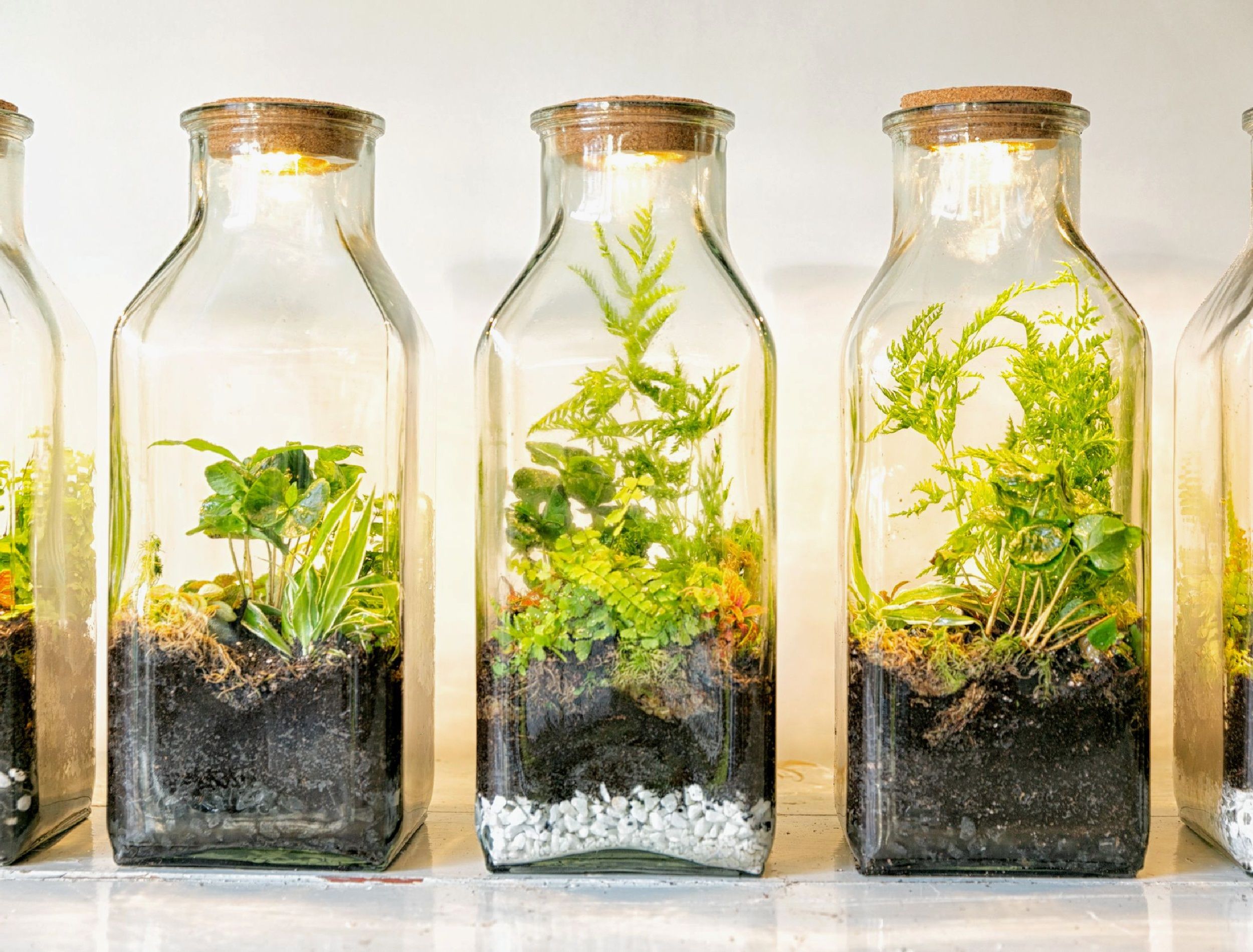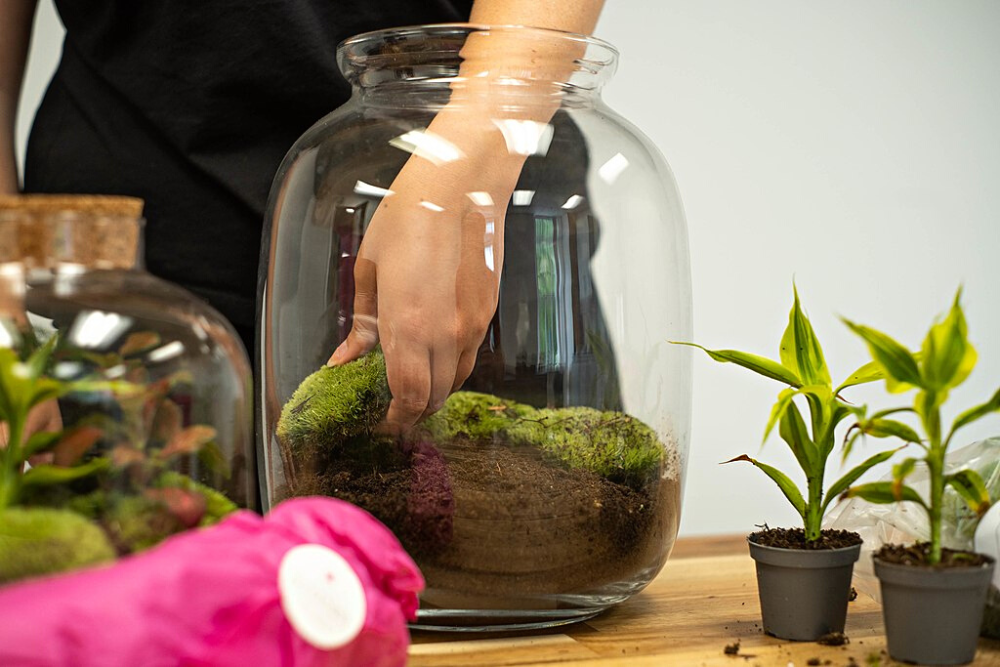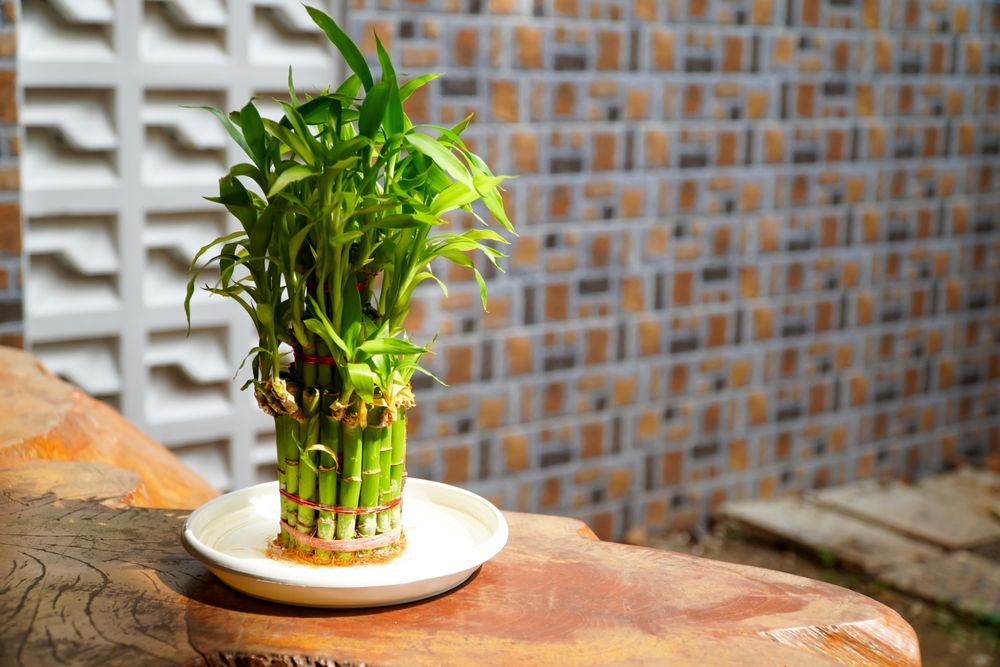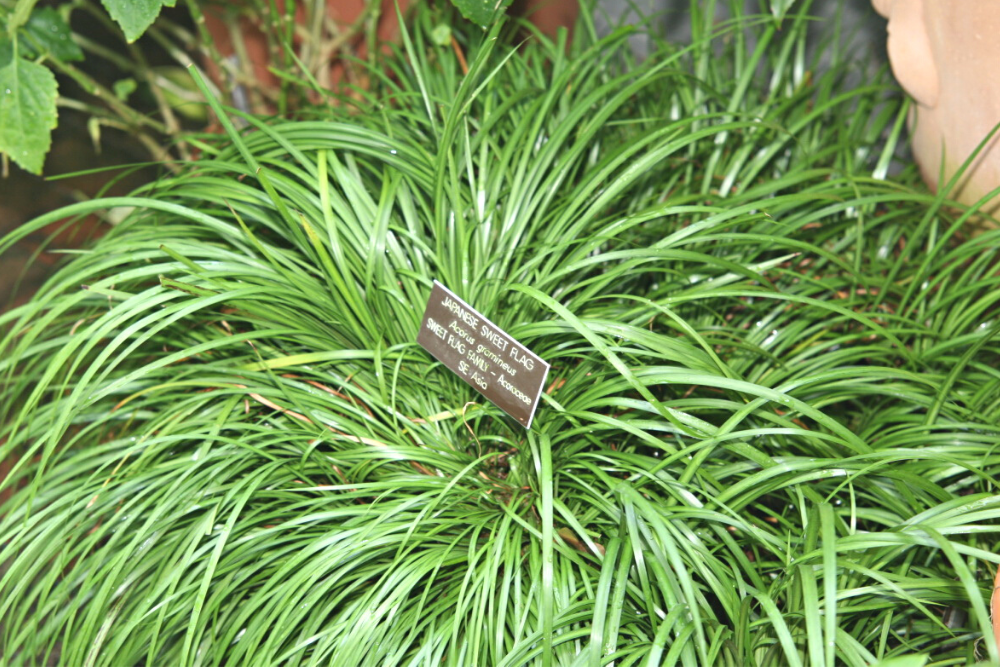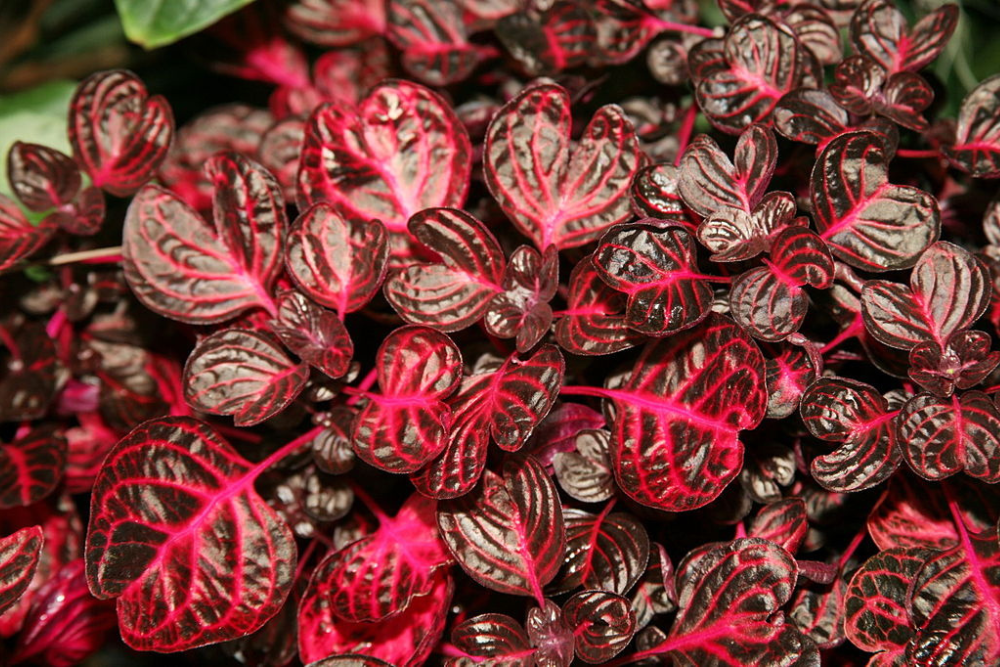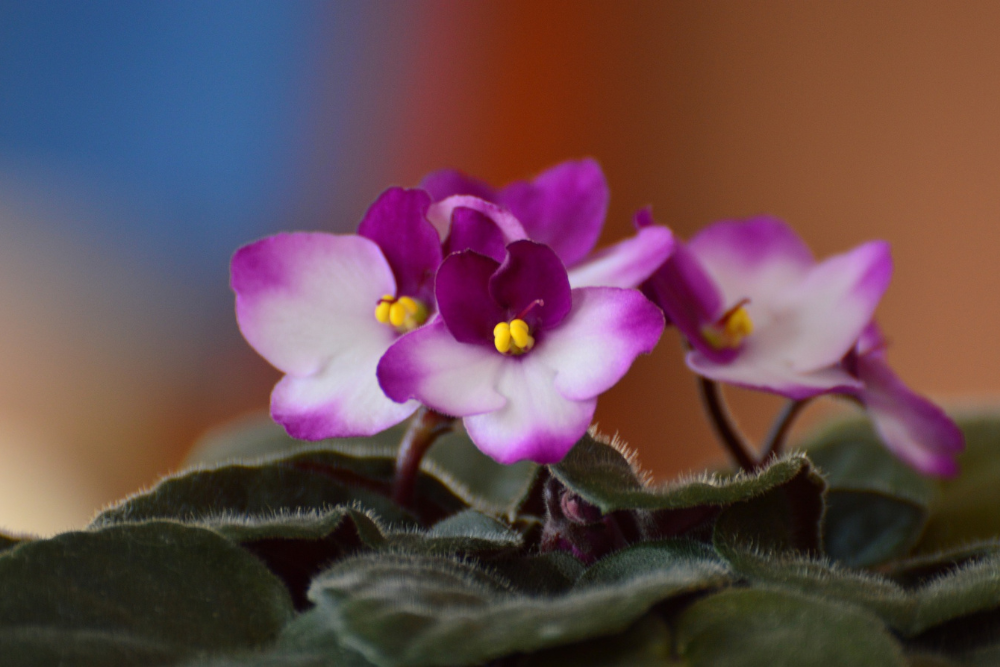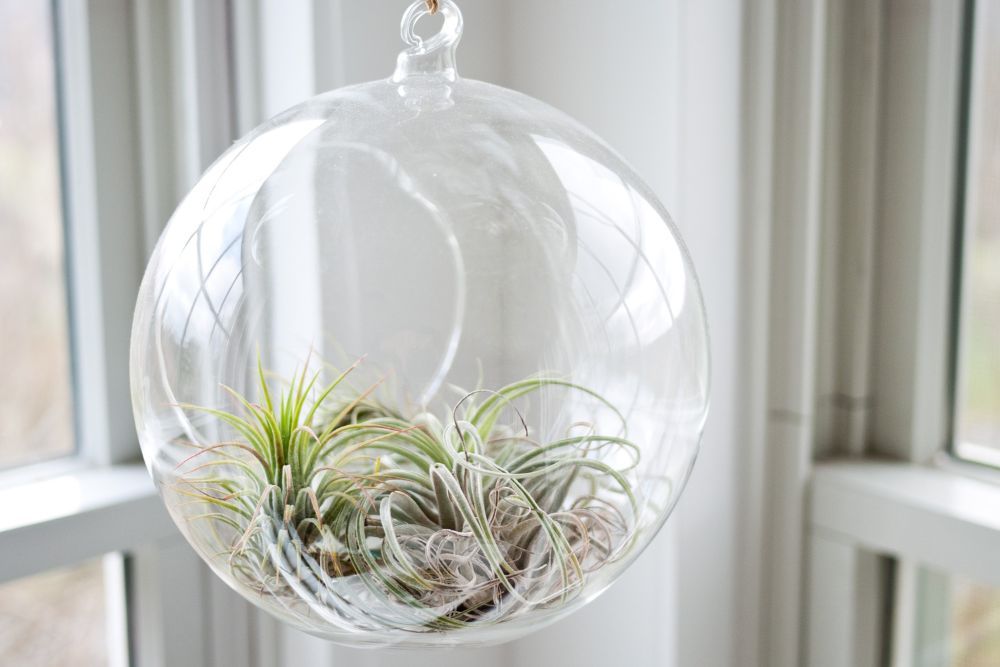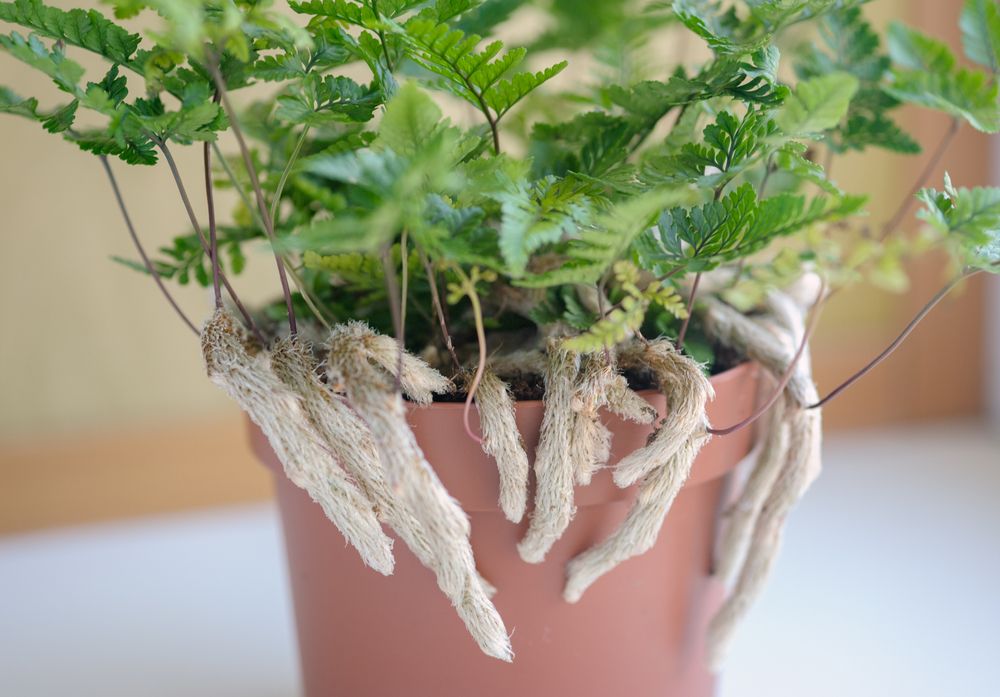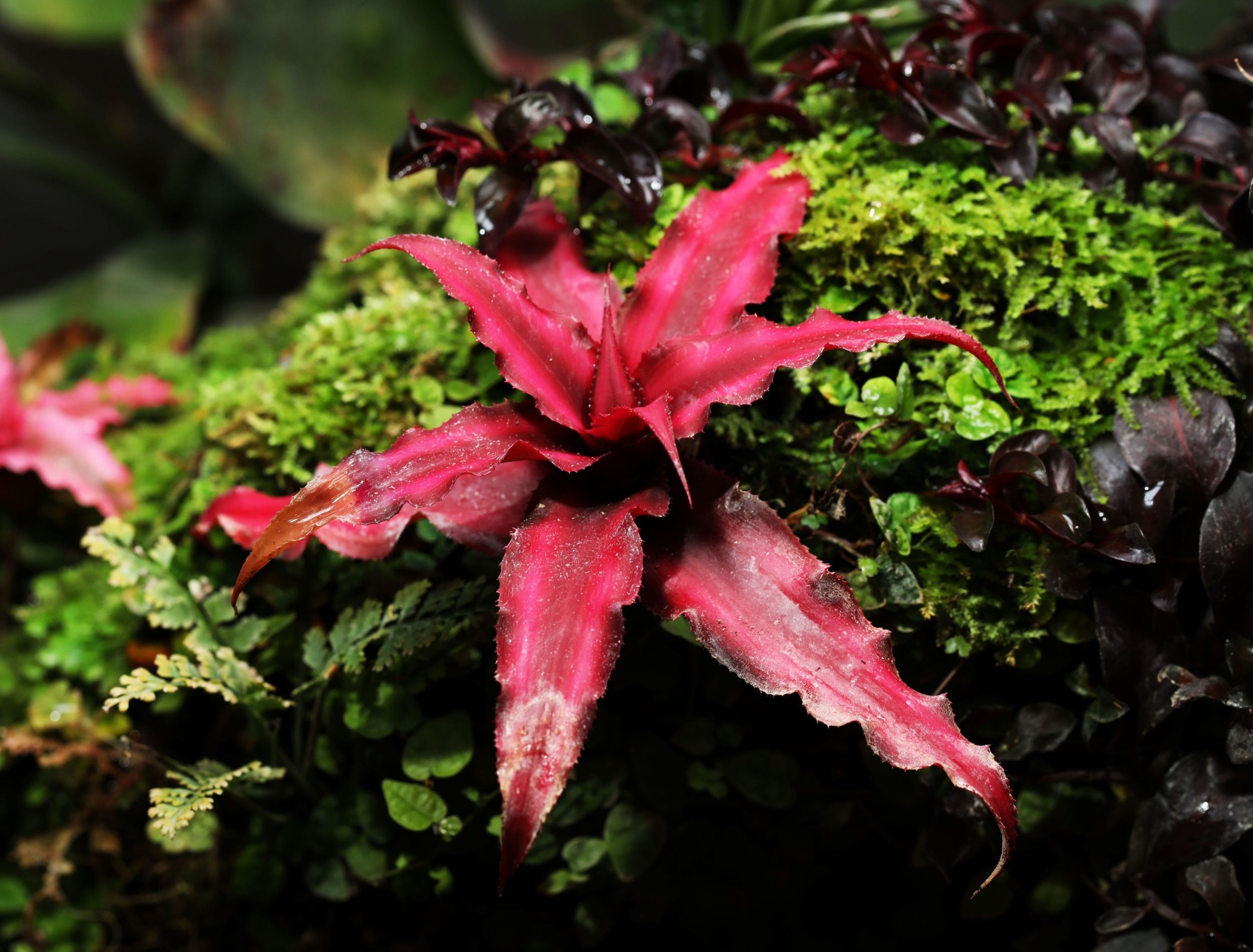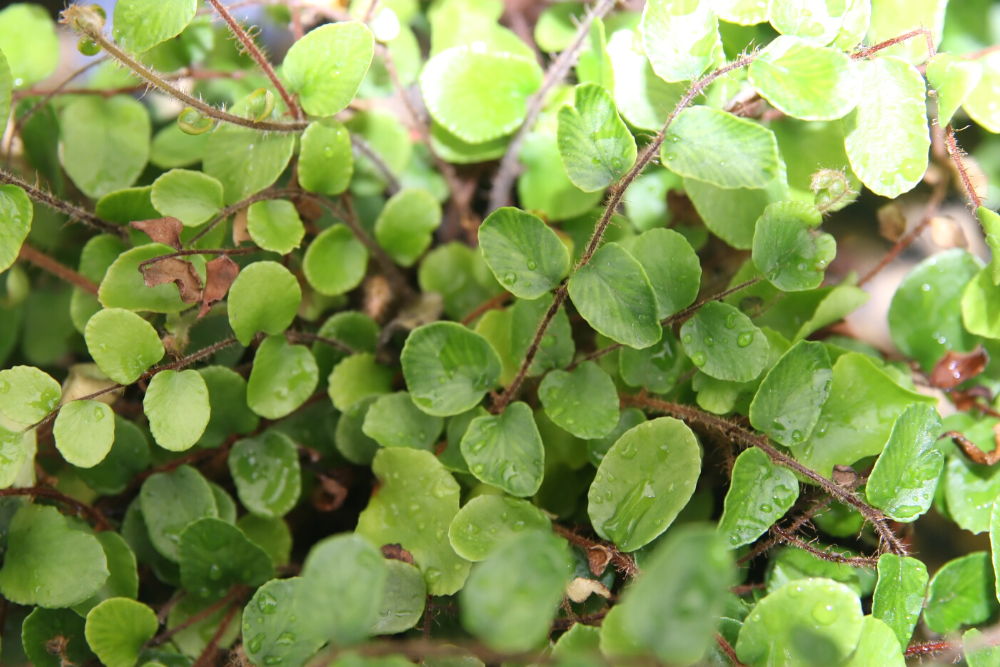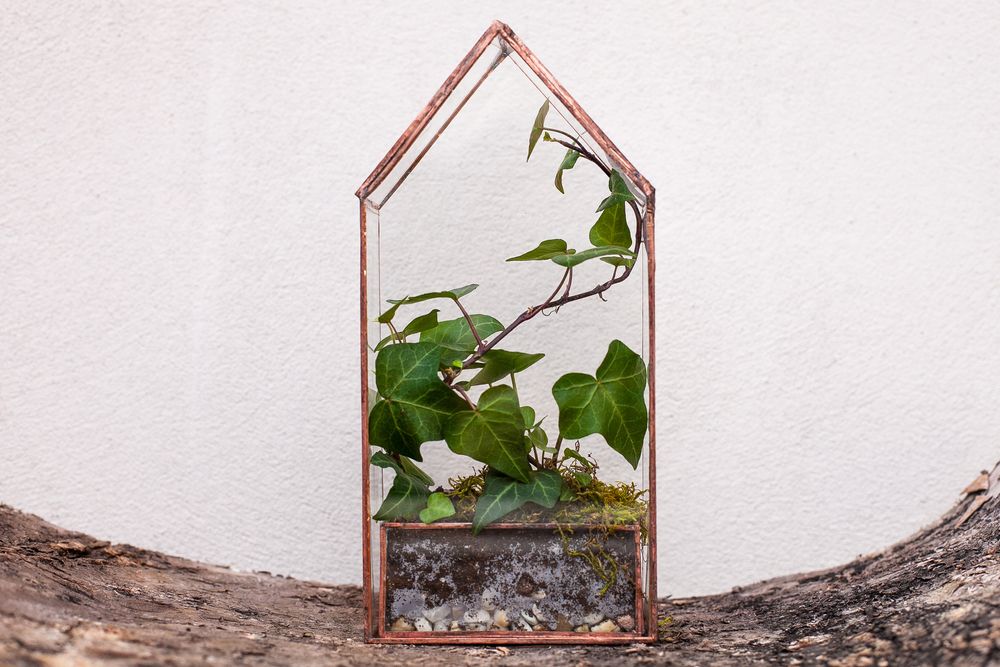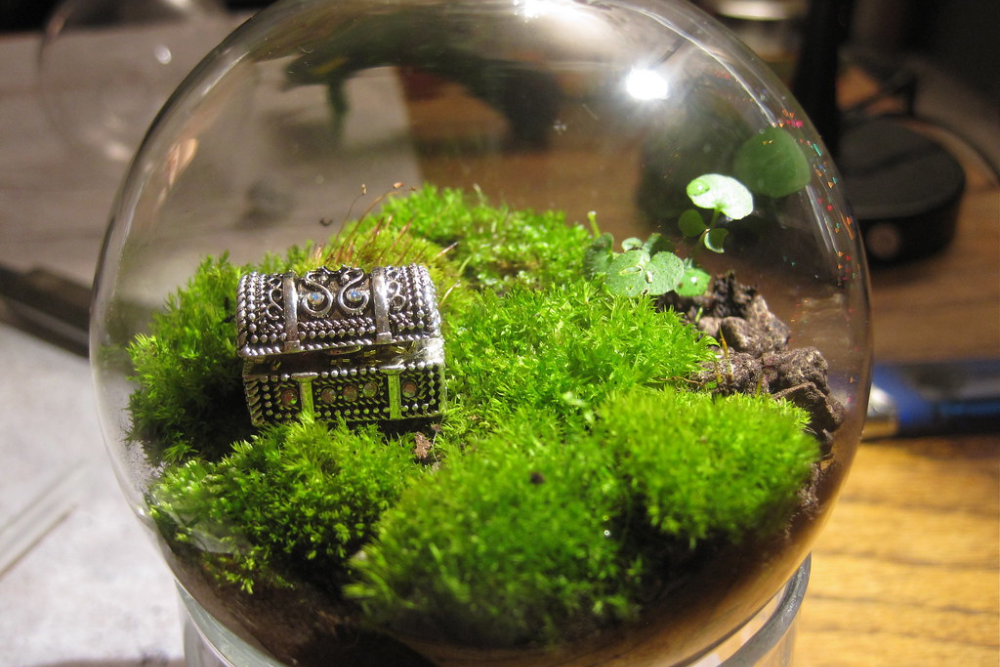Terrariums are not at the peak of their popularity as they were in Victorian times, but they are definitely trending. These closed or open containers are made of glass or plastic and house tiny plants. They add intrigue and beauty to your décor. They also let beginners — and kids — get into gardening in a fun, inexpensive, low-effort way.
You can find many charming terrarium plants, but beginners might prefer low-maintenance options. To capture the visual interest typical of terrariums, choose three types of plants: An upright or tall plant, a midsized plant, and a low-growing or trailing plant. You will find selections in all three categories on this list. But first, review the following cheat sheet to simplify your plant hunt.
9 Rules for Choosing Terrarium Plants
Image credit: Lucy Serafi via Wikimedia Commons
A quick-hit guide to demystifying your decision.
- Consider the size of your container and take it with you when shopping for plants.
- Arid plants do better in open terrariums. Save the humidity-lovers for closed terrariums.
- Choose plants that flourish under the same conditions, such as soil, light, and humidity.
- Avoid growing native and tropical plants together.
- Plants that have a slow growth rate, small leaves, and an affinity for high humidity are the best choices.
- Avoid cacti and other succulents as they do not fare well in high humidity. They are happier in dish gardens.
- Plants that vary in colors, textures, leaf shapes, and flowering ability boost visual interest.
- Plants should prefer medium to bright indirect light, which is best for a terrarium. Direct sun will overheat it.
- Many tall plants can be grown in terrariums as long as they are pruned to stay small. But it's best to select slow-growing dwarf varieties.
Tall Terrarium Plants, 6 to 12 inches High
Dracaena
Image credits: Lakhsmie via Shutterstock
Dracaena is a member of the asparagus (Asparagaceae) family with more than 100 species. They are reputed for their easy care and air-cleansing ability. One popular choice is 'Belgian Evergreen' or 'Lucky Bamboo' (Dracaena sanderiana), which likes medium humidity. 'Gold Dust' dracaena (Dracaena surculosa) has yellow-speckled green leaves and prefers high humidity.
Humidity: High
Growth rate: Slow
Japanese Sweet Flag
Image credit: Cliff via Openverse
Japanese sweet flag’s natural habitat is boggy and wet so it adapts well to terrariums, especially the closed kind. Although not technically a grass, this low-maintenance perennial (Acorus gramineus) has arching, grass-like leaves. It's a great backdrop for other plants. As the name suggests, it has a sweet aroma, with some varieties smelling of licorice or citrus.
Humidity: High
Growth: Slow
Bloodleaf
Image credit: Cliff via Wikimedia Commons
Another carefree plant, bloodleaf (Iresine diffusa f. herbstii) injects red and burgundy hues into your terrarium. A native to South America, it is also known as Joseph’s coat, beefsteak, and chicken gizzard. Although it produces flowers, it is bloodleaf’s foliage gardeners crave. Bold and beautiful, the leaves can be either an obovate or inverted-heart shape.
Humidity: High
Growth rate: Medium
Midsized Terrarium Plants, less than 6 inches tall
Mini African Violet
Image credit: GiniGeo_Photography via Pixabay
African violets (Streptocarpus ionanthus, formerly Saintpaulia ionantha) are the ultimate plants for beginners. As charming as they are easygoing, they bloom several times a year. Their flowers come in a wide range of colors, and shapes, including single, double, frilled, and star. Place African violets in the center of the terrarium, where their leaves cannot touch the glass, soak up water, and begin to rot.
Humidity: High
Growth rate: Medium
Air Plant
Image credits: Jeff Sheldon via Unsplash
Also commonly known by their genus Tillandsia, air plants are part of the bromeliad (Bromeliaceae) family and take charm to the next level. They need little care and no soil at all to grow.
Mesic varieties from humid regions like South American rainforests thrive in closed terrariums. Xeric varieties from desert-like climates suit open terrariums. Two to try are T. Ionantha 'Rubra' and T. Ionantha 'Fuego' -- They develop colorful leaf tips when in bloom.
Humidity: Low or high
Growth rate: Slow
Rabbit's Foot Fern
Image credits: Lja_Lja via Shutterstock
Moisture-loving ferns excel in terrariums. However, rabbit’s foot fern (Davallia canariensis) can still flourish in slightly drier conditions. It boosts visual impact and curiosity with its fuzzy rhizomes that creep around other plants and objects in your terrarium. Watch for additional fronds sprouting as it crawls and sprawls.
Humidity: Low to medium
Growth rate: Slow
Small or Low Trailing, 1 to 3 inches tall
Earth Star
Image credits: Pavaphon Supanantananont via Shutterstock
Shaped like its name, Earth star (Cryptanthus sp.) is also a member of the bromeliad family. There are more than 1,200 varieties available in different sizes, shapes, and colors. After they flower, they die. But not to worry, they are prolific at producing pups or clones of the parent plant. Unlike other bromeliads, they are not epiphytic and need rich soil to thrive.
Humidity: High
Growth rate: Slow
Button Fern
Image credit: Photo by David J. Stang via Openverse
Drought-tolerant and cute as a button, this low-lying fern (Pellaea rotundifolia) is easy to care for and nestles neatly into an open terrarium. Its waxy leaves are evenly spaced on its branches, giving it a lithe, airy look. Although it thrives in dry conditions, it flourishes with regular watering. Prune old fronds at the base to spur new growth.
Humidity: Low to medium
Growth rate: Fast
Ivy
Image credits: Alexandra Bordeianu via Shutterstock
Ivy (Hedera helix) is renowned for its classic charm. It’s low-fuss, adaptable to moist or dry conditions, and enjoys the bright, indirect light typical of a terrarium. Many cultivated dwarf varieties of English ivy, such as Jubilee and Little Diamond, have multicolored leaves, adding an extra punch of prettiness. Ivy grows slowly in its first year but quickly afterward.
Humidity: Low to high
Growth rate: Slow to fast
Moss Is a Must for a Terrarium
Image credit: elias_daniel via Openverse
Whether mosses are charming might be debatable, but they are essential to terrariums for a few reasons. Moss is an aquatic plant so it's very adaptable to the environment in terrariums. It purifies the air in terrariums, boosts drainage, and adds an attractive, carpet-like effect. This low-maintenance, slow grower is also easy and cheap to add.
Some popular mosses for terrariums are sphagnum, creeping, pincushion, and clubmoss. However, moss in an open terrarium is more vulnerable to changes in the environment, such as air conditioning or heating in winter. They're best grown in closed containers.
Taming Your Terrarium
While this is not an exhaustive list, these plants are some of the best for beginners. They adapt very well to conditions in terrariums and are some of the most fuss-free plants you can choose.
However, they are living beings. Over time, they will outgrow their containers, or some might overwhelm their companions. Stay on top of pinching, pruning, and removing rotting plants to keep the entire group healthy and harmonious.
Didn’t see your favorite, easygoing terrarium plant? Help to grow this list by adding it in the comments below. And don’t forget to share this with your terrarium tribe.

